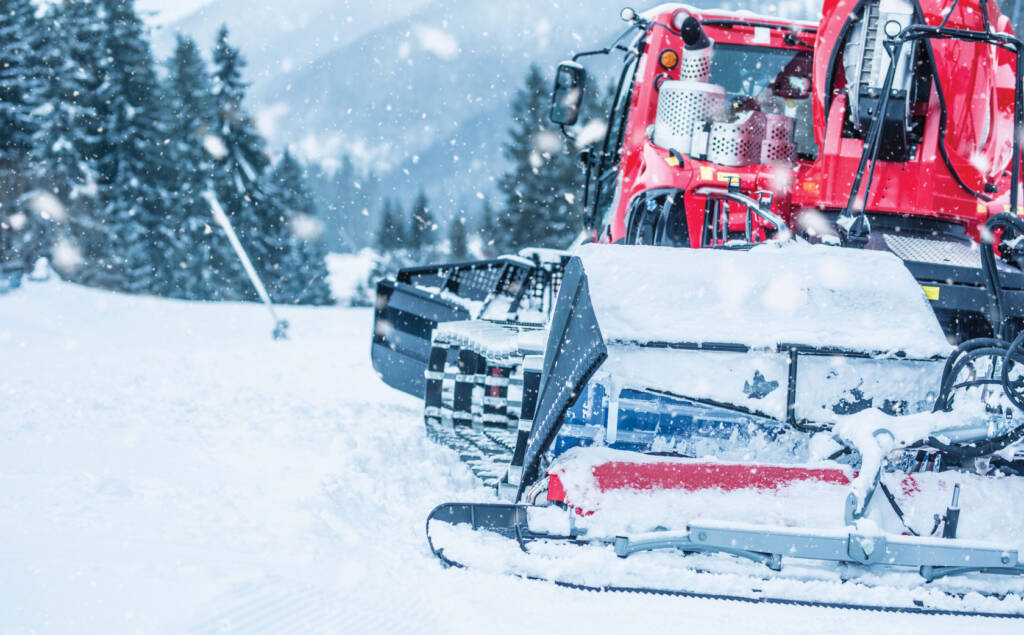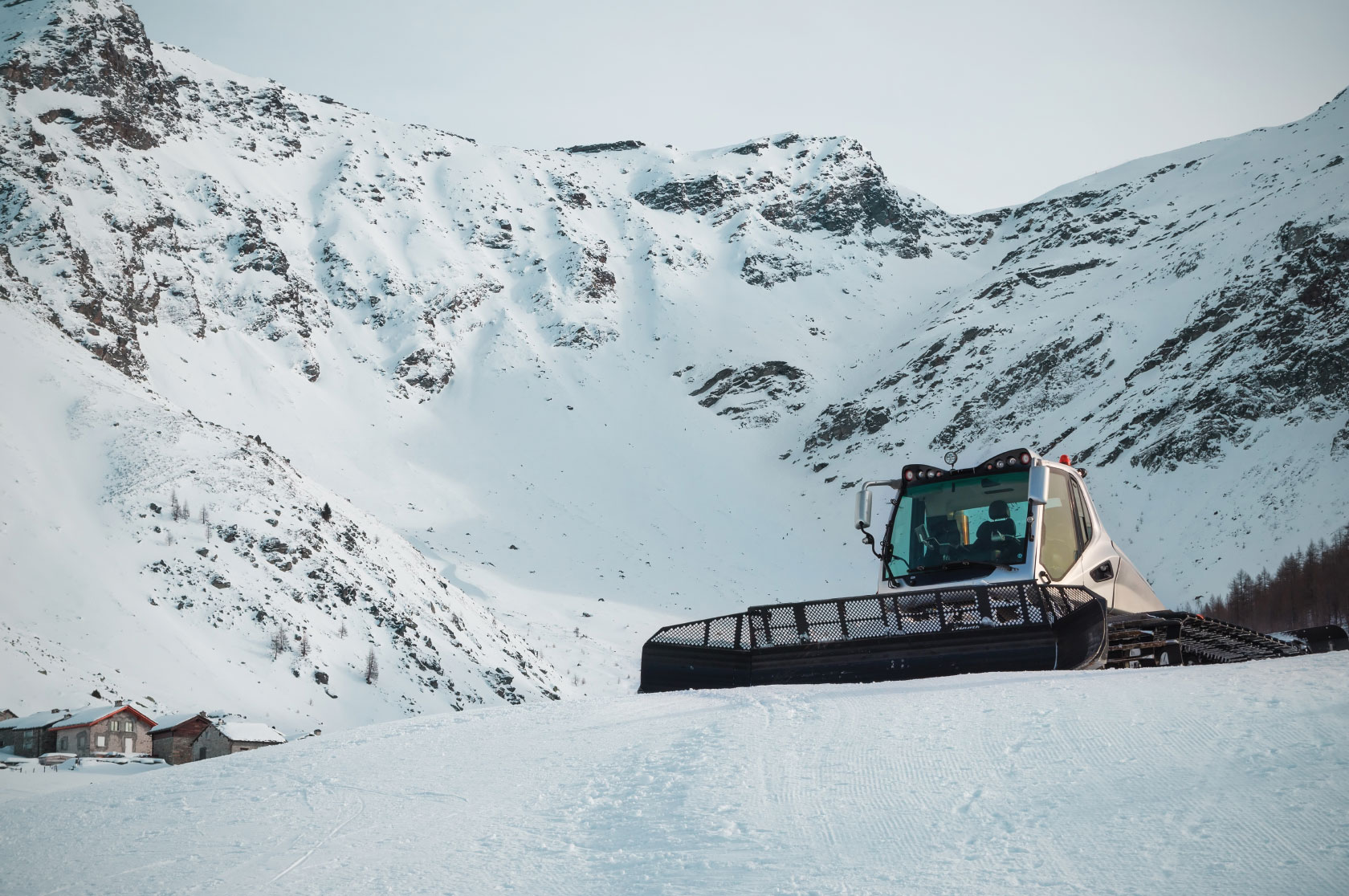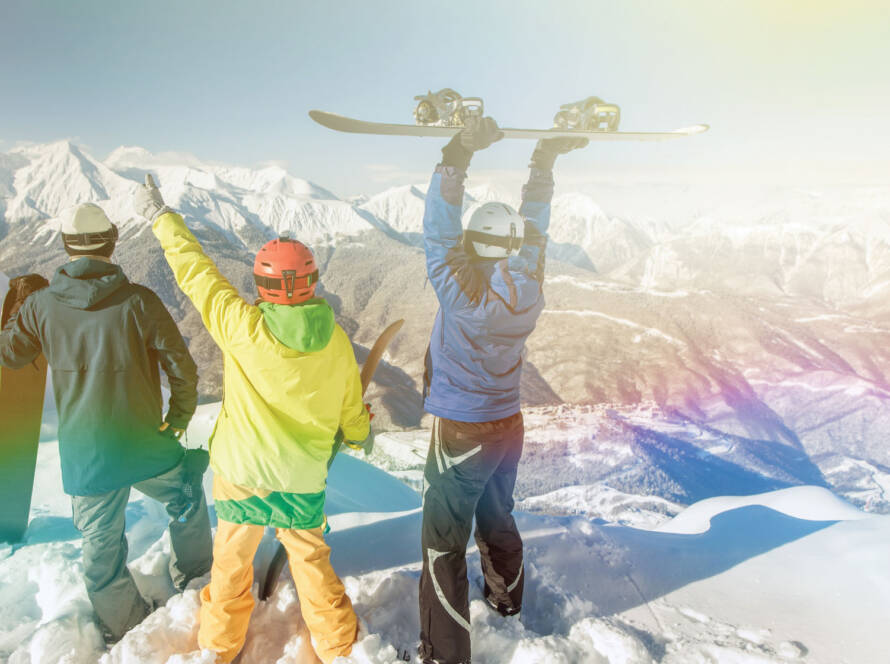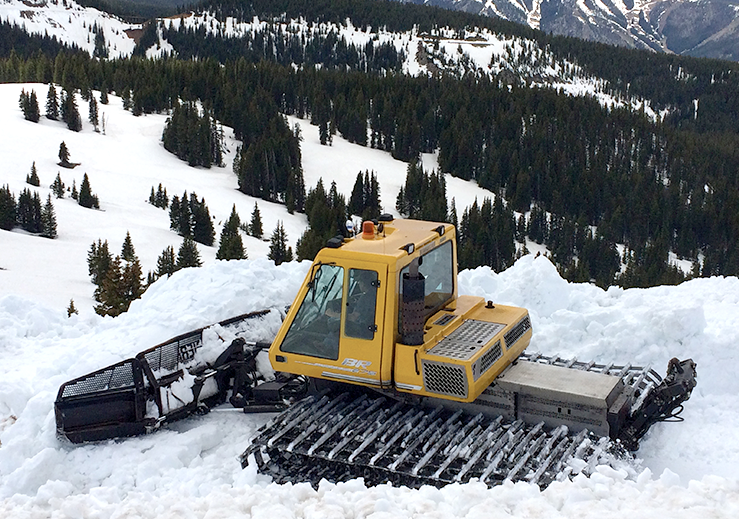The ski season is well underway, and as skiers and snowboarders flock to the slopes, the behind-the-scenes heroes of winter – snow grooming teams – are working tirelessly to ensure optimal conditions. For ski resorts, the early weeks of the season offer a valuable opportunity to assess, adapt and refine grooming operations. By addressing early-season challenges and leveraging new technologies, resorts can improve efficiency, enhance snow quality and ensure sustainability.
Here’s how leading ski resorts and grooming teams are tackling these objectives.
Adapting to unpredictability
Winter weather is notoriously unpredictable, especially in the early season. Resorts often contend with inconsistent snowfall, fluctuating temperatures and the delicate balance of blending man-made and natural snow. These factors create unique challenges for snow grooming teams, who must ensure safe, high-quality slopes for guests while conserving resources.
Resorts located in regions experiencing inconsistent snowfall must adjust grooming schedules and prioritize high-traffic areas. Early-season grooming is a balancing act. Resorts must focus on building a solid base in critical areas while planning for long-term snow preservation.
Early-season grooming can strain equipment as machines encounter thin snow cover or exposed terrain. Regular maintenance and preseason equipment checks are vital.
Harnessing technology for precision grooming
Technological advancements are transforming snow grooming operations, enabling greater precision and efficiency. By integrating innovative tools and systems, ski resorts can optimize slope preparation while reducing costs and environmental impact.
Modern snow groomers equipped with GPS technology allow operators to map and track their grooming efforts with pinpoint accuracy. These systems help maintain consistent snow depth across trails and avoid overgrooming, which can waste resources and accelerate snow melt.
Sustainable grooming practices include minimizing passes to reduce compaction and strategically grooming areas to protect vulnerable snowpack.
Resorts are increasingly adopting snow depth sensors, which use LiDAR or radar technology to provide real-time data on snow coverage. This information empowers operators to adjust grooming techniques based on actual conditions. Having accurate snow depth data helps ski resorts focus their efforts where they’re needed most.
Centralized software platforms enable grooming teams to monitor equipment performance, fuel usage and operational efficiency. These systems streamline communication and allow for data-driven decision-making.
Sustainability in snow grooming
As the ski industry faces mounting pressure to address environmental concerns, sustainability has become a key focus for snow grooming operations. Resorts are adopting practices and technologies to minimize their carbon footprint while maintaining excellent slope conditions.
Many resorts are transitioning to hybrid or fully electric groomers, significantly reducing greenhouse gas emissions. Traditional diesel-powered groomers are also being optimized with fuel-saving technologies such as automatic idle shutoff and improved engine efficiency.
Sustainable grooming practices include minimizing passes to reduce compaction and strategically grooming areas to protect vulnerable snowpack.
Stowe Ski Resort, located in Stowe, Vt., has a goal to achieve zero net emissions by 2030. They are doing that by improving operating practices and investing $25 million in innovative, energy-saving projects such as low-energy snowmaking equipment, green building design and construction, and more efficient grooming practices and equipment. They are also a member of Ceres Business for Innovative Climate and Energy Policy as well as RE100, a global collaborative initiative of influential companies committed to using 100% renewable electricity.
Efficient snowmaking systems complement grooming efforts by reducing water and energy use. High-efficiency snow guns and automated snowmaking systems ensure resorts can produce quality snow with minimal environmental impact.
Teamwork and training
Behind every perfectly groomed slope is a dedicated team of professionals. Investing in training and fostering a strong team dynamic are critical to the success of snow grooming operations.

Training ensures that operators are well-versed in the latest technologies and techniques. Resorts often conduct preseason training sessions and workshops to familiarize teams with new equipment and safety protocols. Virtual reality simulators are emerging as a valuable tool for operator training, allowing staff to practice in a risk-free environment.
Long shifts in cold, remote conditions can pose risks to grooming teams. Safety measures, such as mandatory rest periods, communication protocols and access to advanced safety gear, are essential. For example, resorts are increasingly equipping operators with GPS-enabled radios to ensure they can quickly call for assistance if needed.
Snow grooming doesn’t operate in a silo. Close collaboration between grooming teams, snowmaking crews and mountain operations staff ensures that efforts are aligned. Regular team meetings and open communication channels foster a unified approach to slope management.
Innovation and adaptation
As the ski season progresses, grooming teams will continue to adapt to changing conditions and refine their operations. Emerging technologies, such as autonomous snow groomers and AI-driven predictive maintenance, promise to further revolutionize the industry. Additionally, ongoing efforts to promote sustainability and enhance operator training will ensure that resorts can meet the demands of skiers and snowboarders while minimizing their environmental impact.
The early weeks of the ski season provide valuable insights into the challenges and opportunities of snow grooming operations. By leveraging technology, prioritizing sustainability and investing in their teams, resorts can optimize their grooming practices and deliver exceptional slope conditions.
As ski enthusiasts carve their way down perfectly groomed trails, they can thank the dedicated professionals working behind the scenes to make it all possible.


